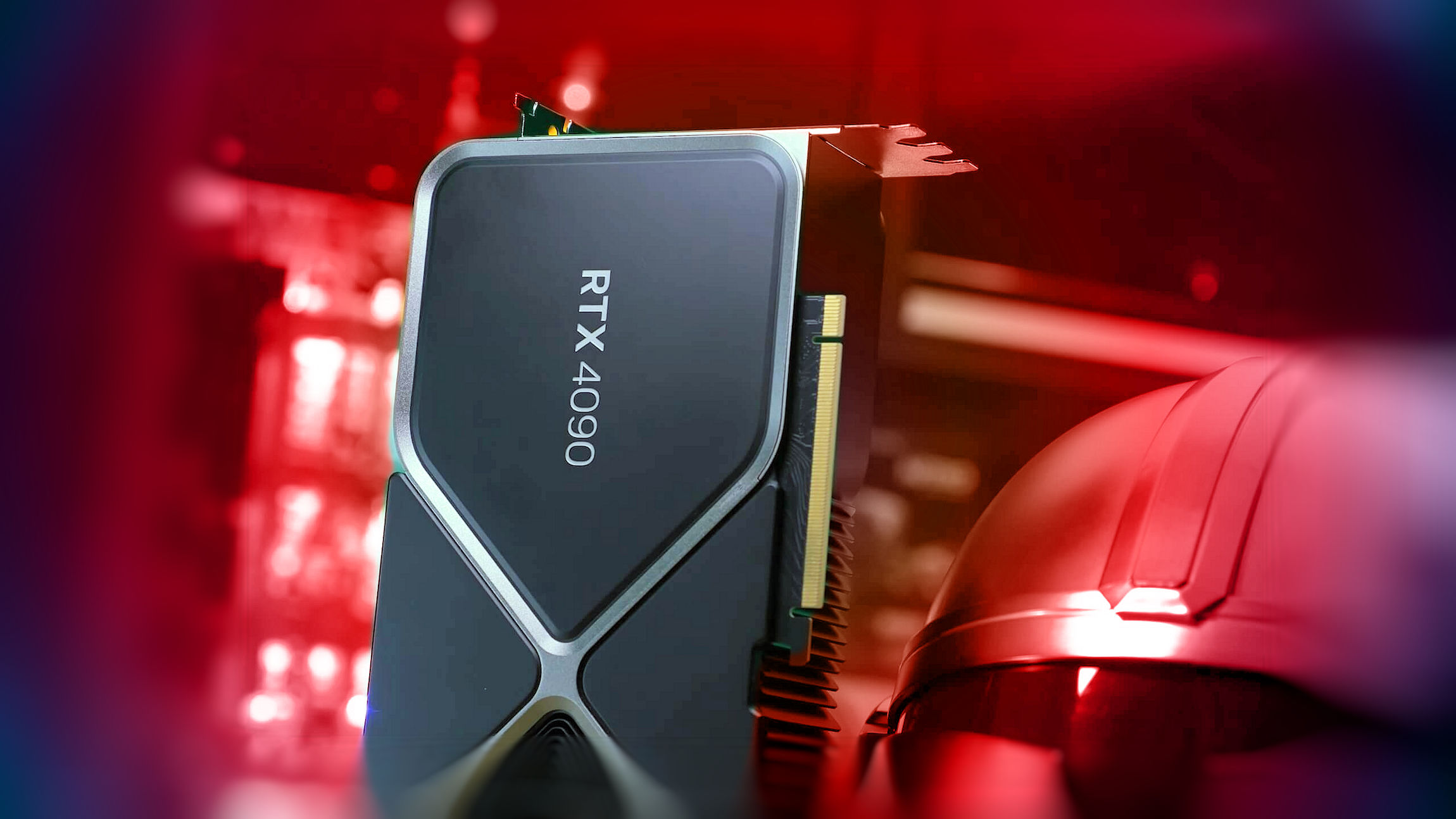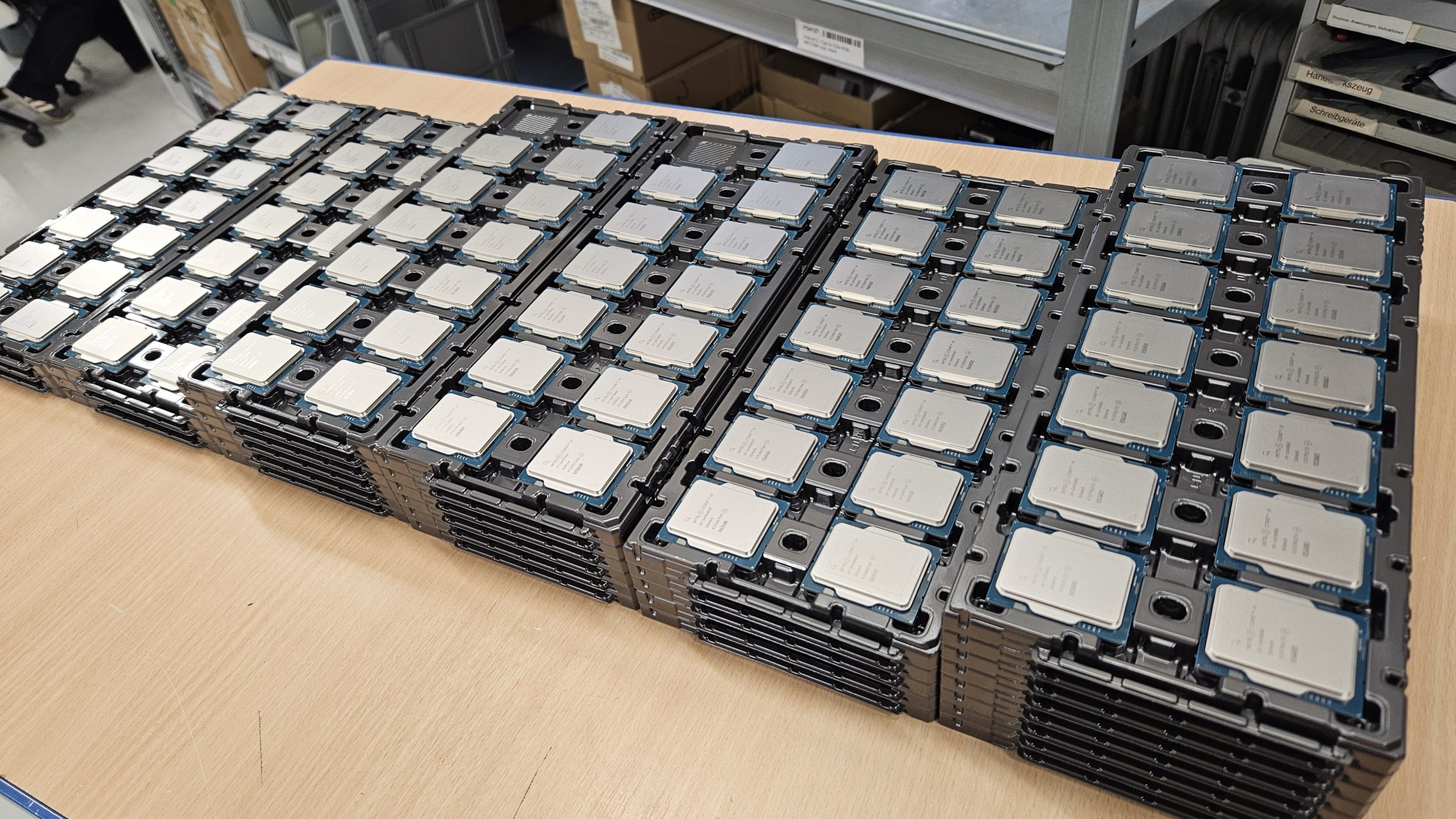ASUS realized early on that two DIMMs would be the way to go for these chips, and thus dedicated their top-end board to that. Although the Z690 Apex was a disaster, they quickly put a lid onto that and rectified it with the Z790 Apex, pouring all of their R&D into the memory overclocking since overclocking the CPU was simple enough already. The Apex and Encore refresh can both hit 9,000 MHz so long as the CPU and RAM are willing. Considering that ASUS was the first to hit 8,000+ MHz consistently and dominated that space for months, it's only natural that they have the most exposure and reputation for it.
EVGA followed suit and did a fairly decent job across the board, but eventually just fell into obscurity, likely due to EVGA as a whole winding down operations after the GPU mess. Both their Z690 and Z790 EVGA Dark boards have achieved 8,000 MHz so far, but again, low adoption = low recognition.
MSI did incredibly well with their Z690 line, with the Unify-X being a legendary budget board that competes with the Apex, but suddenly took a 180-degree turn with Z790 thinking that going with four DIMMs on their top-end boards would've be better for some reason. This presumably caused them to lose money on their boards and convince them not to care so much about the rest of this generation. Oddly enough, their Z790i Edge ITX board can reach 8,000+ MHz, which is one of their saving graces.
ASRock has held a strange position the entire time, where they were quietly doing their own thing and producing niche boards, focusing on price, aesthetics and features. Some of the boards they pushed out has had good results, but there has certainly not been enough hearsay to become the talk of the town. Their brand new Nova and Riptide should be an amazing competitor to the Apex though, at half the price. Definitely a needed alternative, with all other boards focused on memory overclocking being too expensive at this time.
Gigabyte has just been garbage from the very beginning of Z690 and has barely improved. They just focus on price and features that are appealing to normies and not overclockers. They claim with their newest top-end that it can hit 8,000+ MHz, but I'd take that with a grain of salt. If you're just looking for a cheap budget board that works, I guess you can go with them. But any bit of overclocking on the table, and they're just not the way to go. Especially now that ASRock pushed out their newest boards.
As an overall note, none of these manufacturers have put in much effort with four DIMM configurations. MSI did incredibly well with their DDR4 quad-DIMM boards, but it doesn't seem like that same performance has translated over to their DDR5 boards. Or maybe DDR5 just works differently, so we shouldn't be comparing apples and oranges. There isn't really much of an incentive to improve overclocking on the second channel now that 2x24 GB RAM is becoming standard and is more than enough for 80% of the consumer population. Even 2x32 GB RAM seems to overclock better than 4x16 GB.






